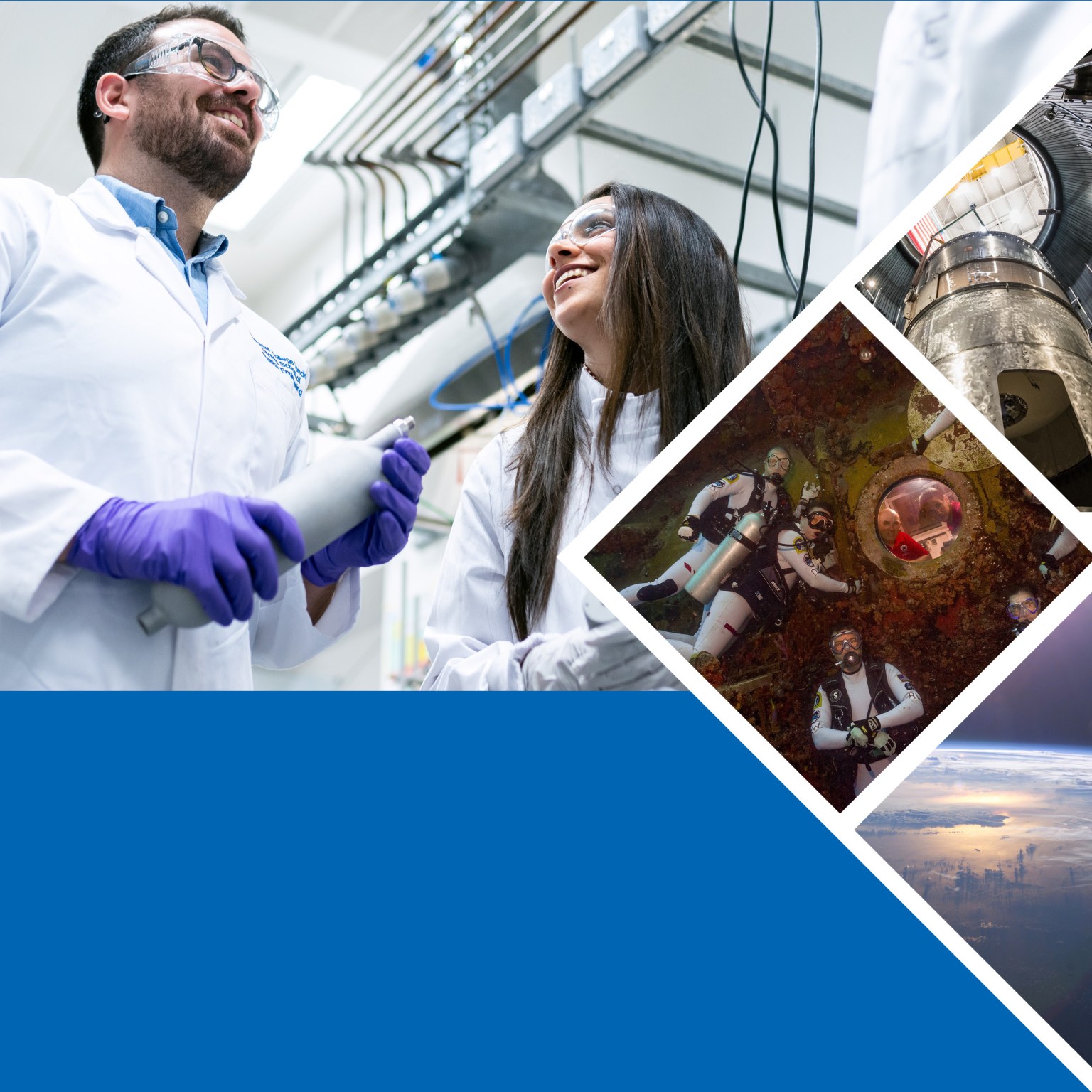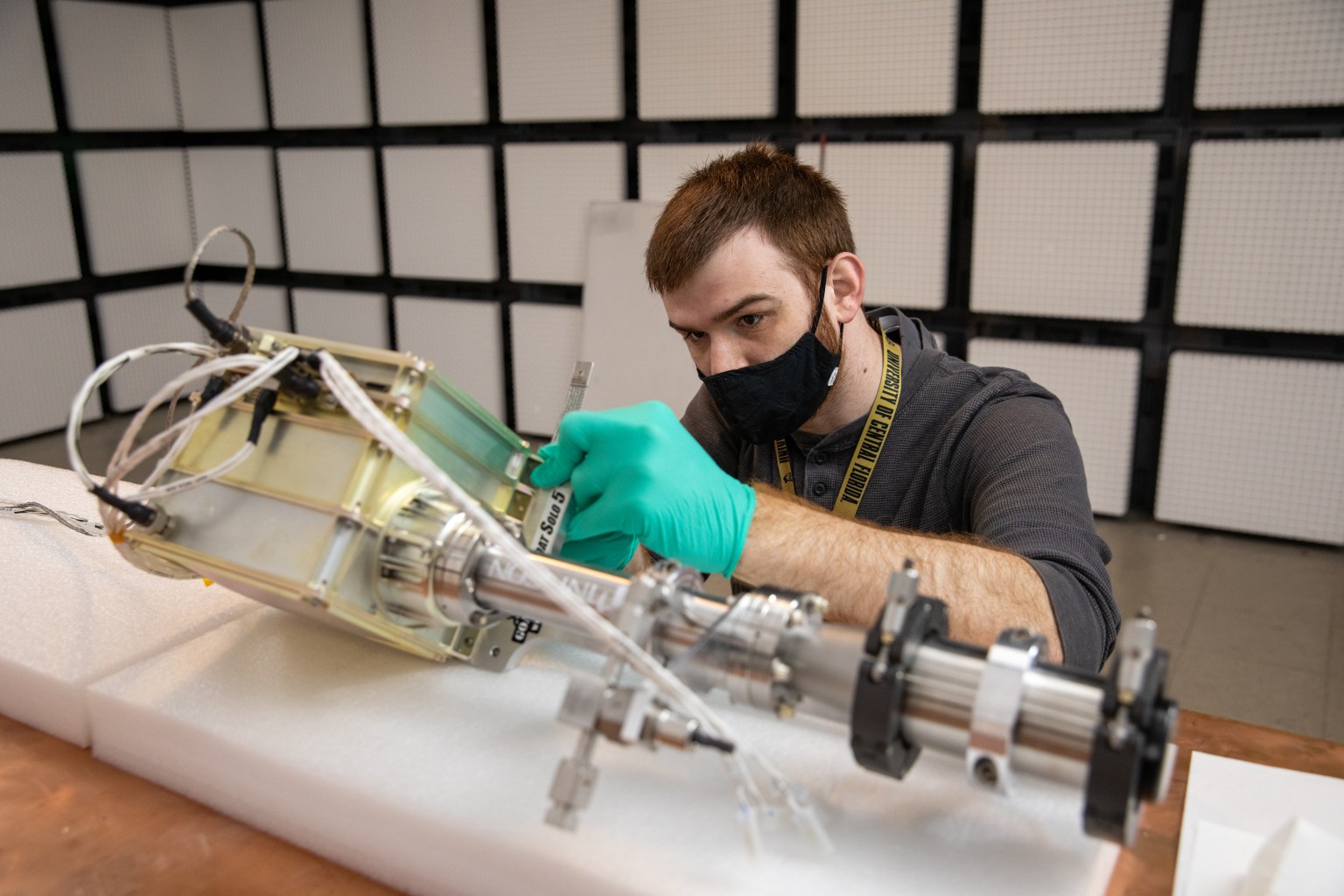2 min read
Preparations for Next Moonwalk Simulations Underway (and Underwater) 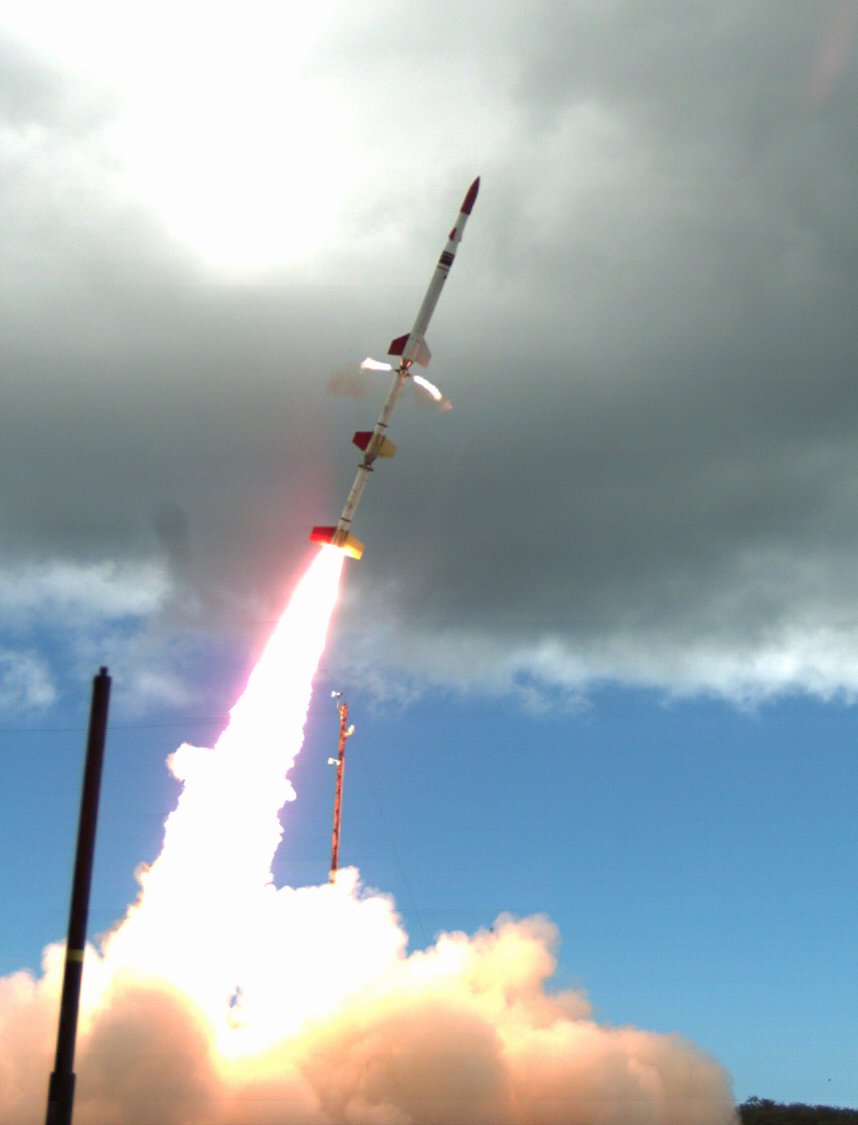 Launch of the Hypersonic International Flight Research Experimentation Program (HIFiRE) Flight 2 sounding rocket, a joint NASA-Air Force Research Laboratory flight experiment, May 1, 2012.Credit: AFRL Technical Challenges (TCs) are finite-duration research and development endeavors supporting the strategic goals of NASA. The Hypersonic Technology project’s Technical Challenges include estimation of uncertainty for hypersonic research problems and vehicle systems, testing controls for switching engines mid-flight, and researching more efficient fuel combustors for large ramjets, which will be needed by future commercial high-speed planes.
Launch of the Hypersonic International Flight Research Experimentation Program (HIFiRE) Flight 2 sounding rocket, a joint NASA-Air Force Research Laboratory flight experiment, May 1, 2012.Credit: AFRL Technical Challenges (TCs) are finite-duration research and development endeavors supporting the strategic goals of NASA. The Hypersonic Technology project’s Technical Challenges include estimation of uncertainty for hypersonic research problems and vehicle systems, testing controls for switching engines mid-flight, and researching more efficient fuel combustors for large ramjets, which will be needed by future commercial high-speed planes.
Uncertainty Quantification This Technical Challenge is complete!
TC-1: System-Level Uncertainty Quantification Methodology Development and Validation: NASA developed and validated a system-level uncertainty propagation methodology to guide uncertainty-informed decision making by identifying fundamental research areas that will reduce the system performance uncertainty.
Learn more about Uncertainty Quantification on TechPort
Turbine-Based Combined Cycle TC-2: Turbine-Based Combined Cycle Mode Transition Technology Development: The Combined Cycle Mode Transition challenge demonstrates autonomous control and establishes performance/operability assessment methodologies for future reusable hypersonic propulsion systems that use turbine engines at slow speeds while transitioning to scramjets for high-speed operations. This challenge addresses the technology barrier of propulsion system mode transition via ground tests.
Learn more about Combined Cycle on TechPort
Improved Combustor Scaling Laws for Hypersonics TC-3: Development of Improved Combustor Scaling Laws for Dual-Mode Ramjets: To improve current engine performance and enable engine scale up to fully reusable vehicle scales 100 times larger, NASA will develop and deliver mathematical models and associated validation test data with quantified uncertainty that support the design of high-speed combustors inclusive of green fuels. NASA will demonstrate such capability by reducing the length of the state-of-the-art cavity flameholder by 25 percent (10 percent threshold, 25 percent goal cavity length reduction relative to a state-of-the-art baseline.)
Learn more about Combustor Scaling on TechPort Read More About the Hypersonic Technology Project About the AuthorShannon EichornShannon Eichorn is the Strategic Engagement Lead for NASA’s Advanced Air Vehicles Program. She is a former test engineer in supersonic wind tunnels and former engineer managing facilities, such as the Aeroacoustic Propulsion Lab, Glenn Extreme Environments Rig, and Creek Road Cryogenics Complex.
Facebook logo @NASA@NASAAero@NASA_es @NASA@NASAAero@NASA_es Instagram logo @NASA@NASAAero@NASA_es Linkedin logo @NASA
Keep Exploring Discover Related Topics Technology Transfer & Spinoffs
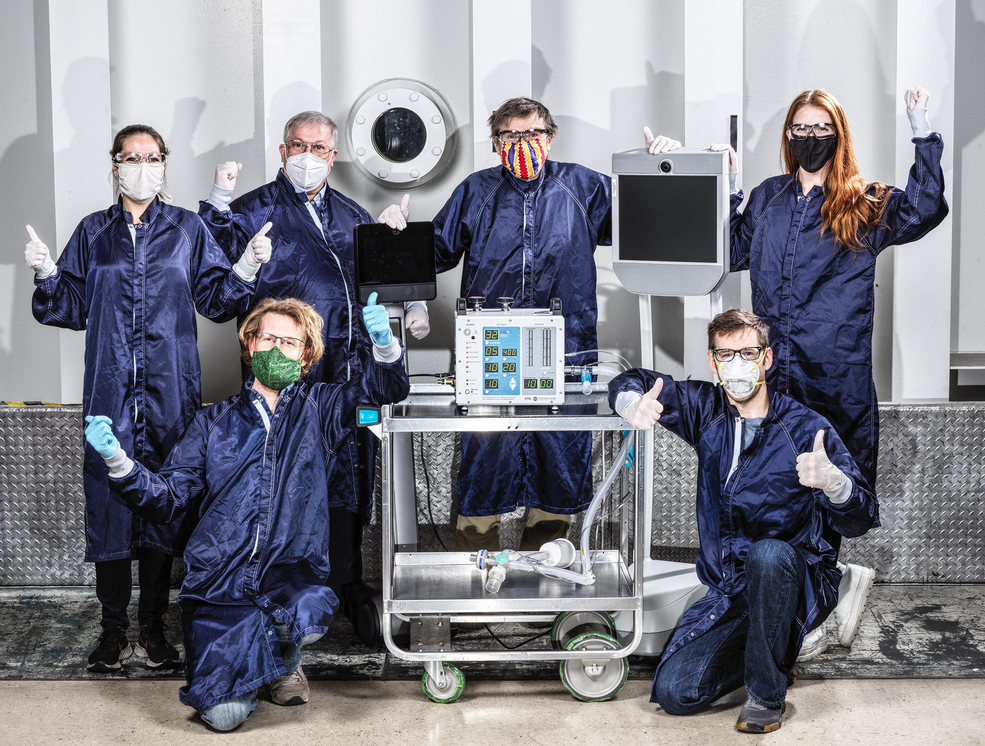 Small Business Innovation Research (SBIR) / Small Business Technology Transfer (STTR)
Small Business Innovation Research (SBIR) / Small Business Technology Transfer (STTR)
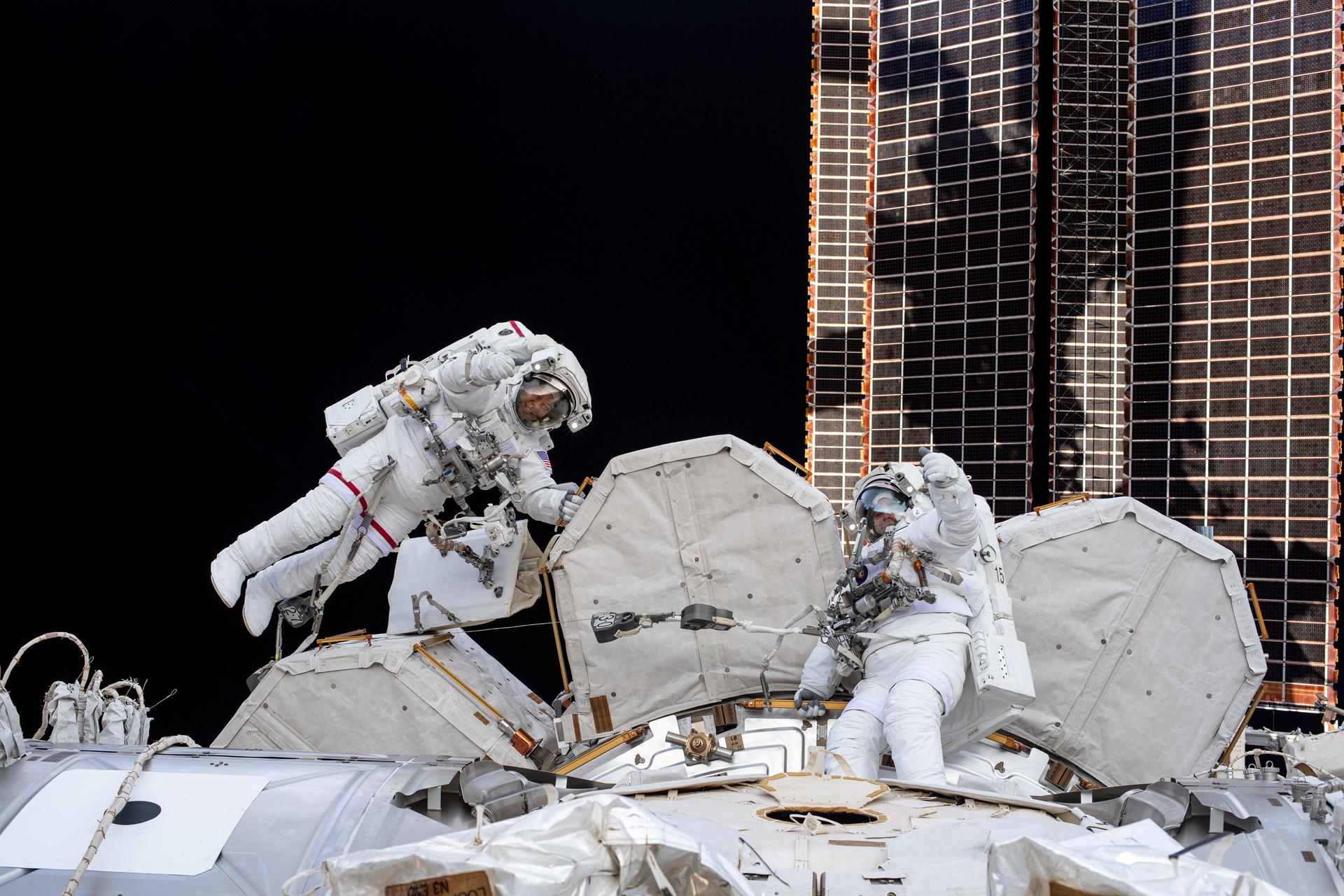

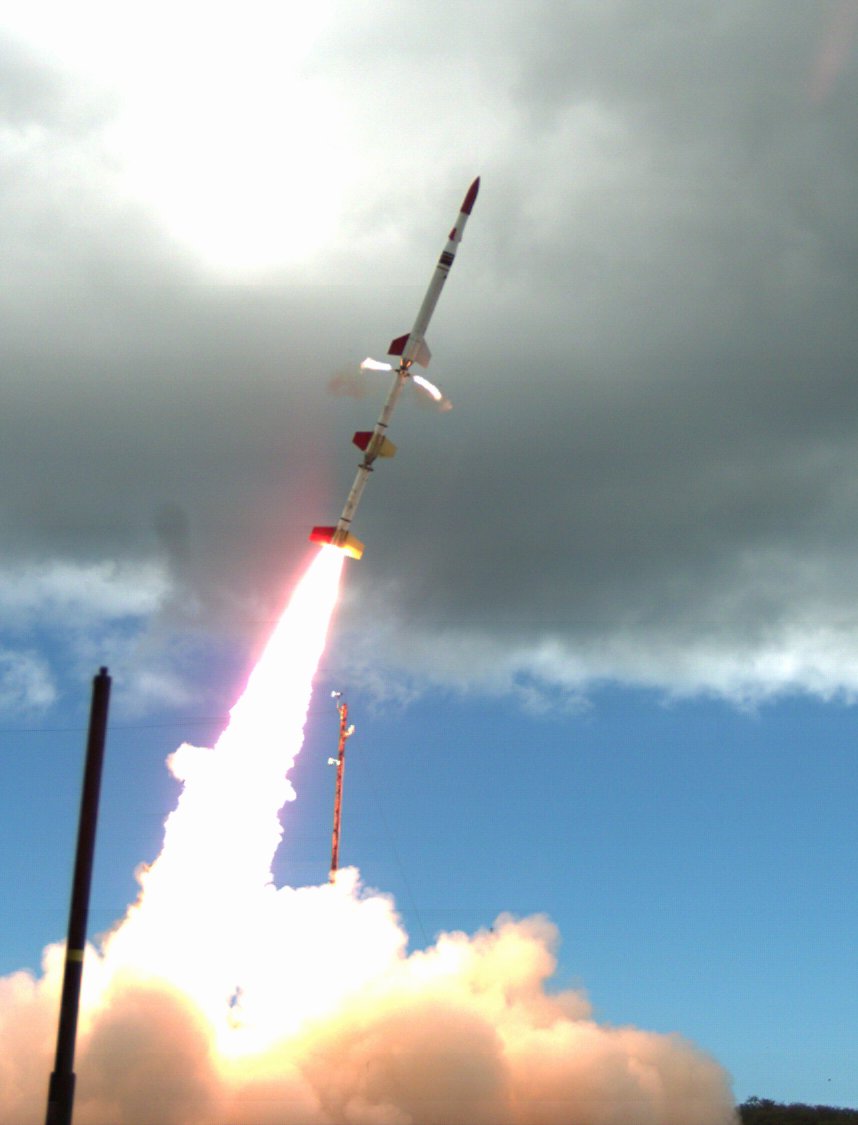
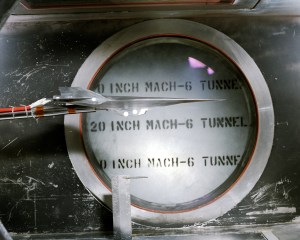 2 min read Hypersonic Technology Project Overview Article 6 hours ago
2 min read Hypersonic Technology Project Overview Article 6 hours ago 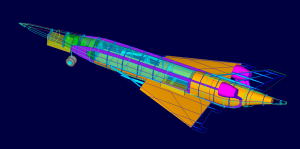 2 min read Hypersonic Research Topics Article 6 hours ago
2 min read Hypersonic Research Topics Article 6 hours ago  2 min read High-Speed Market Studies Article 3 days ago
2 min read High-Speed Market Studies Article 3 days ago 